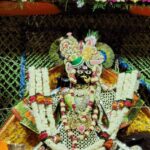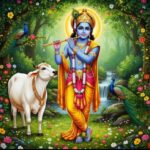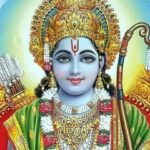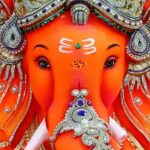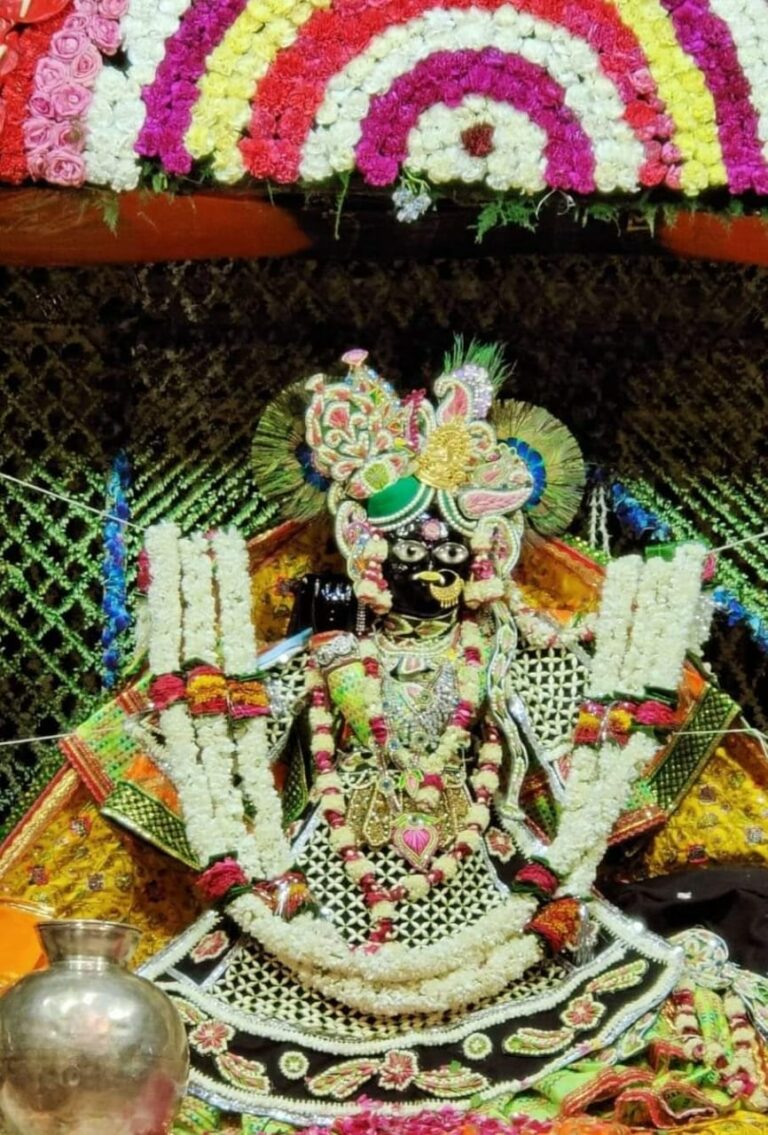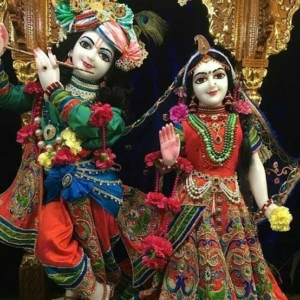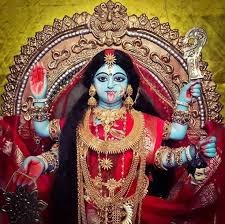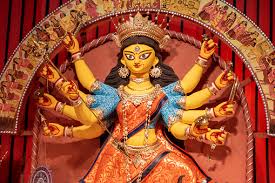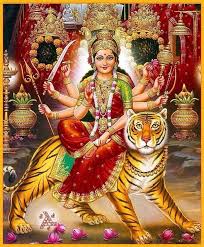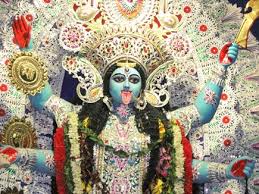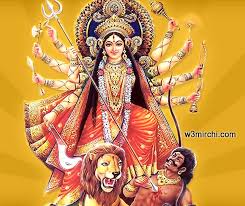हमारा शरीर एक लघु ब्रह्मांड है। जैसे प्रकृति गर्म और ठंडे के एक महत्वपूर्ण रंग के माध्यम से कार्य करती है, उसके बाद एक संक्रमण काल के बाद, हमारे शरीर में भी यह बायोरिदम होता है जिसे नाक चक्र कहा जाता है। हम एक समय में एक नथुने से सांस लेते हैं, या तो बाएं या दाएं, और नथुने का प्रभुत्व पूरे दिन में समय-समय पर बदलता रहता है।
जब बायां नथुना हावी होता है, तो सूक्ष्म शरीर में प्रमुख ऊर्जा चैनलों में से एक, इड़ा नाड़ी के माध्यम से शीतलन ‘चंद्रमा’ ऊर्जा का सेवन होता है। हाल के वैज्ञानिक शोध से पता चलता है कि बाएं नथुने से सांस लेने से पैरासिम्पेथेटिक ‘आराम और पाचन’ प्रतिक्रिया सक्रिय हो जाती है। जब दाहिनी नासिका प्रबल होती है, तो सूक्ष्म शरीर की दूसरी मुख्य नाड़ी पिंगला नाड़ी के माध्यम से ताप ‘सूर्य’ ऊर्जा का सेवन होता है। यह, अनुसंधान कहता है, सहानुभूतिपूर्ण ‘लड़ाई और उड़ान’ प्रतिक्रिया को सक्रिय करता है।
परिवर्तन के दौरान, कोई गतिविधि हावी नहीं होती है। लेकिन नासिका छिद्रों को संतुलित करना ही सभी योग साधनाओं का लक्ष्य होता है। ऐसा कहा जाता है कि यह सुषुम्ना, केंद्रीय नाड़ी को जगाता है और आत्म-साक्षात्कार का प्रवेश द्वार है।
नवरात्रि गर्म और ठंडे रंगों के बीच, गर्म मौसम से ठंडे मौसम में – शारदीय के दौरान, और इसके विपरीत, चैत्र के दौरान संक्रमण का एक ऐसा चक्र है। यह नौ रातों तक चलने वाला एक द्विवार्षिक उत्सव है, जो शारीरिक, मानसिक और आध्यात्मिक उत्थान के लिए एक सम्मानित समय है।
शारीरिक स्वास्थ्य के मोर्चे पर, उपवास भोजन के सेवन की मात्रा को कम करता है, जिससे ऑटोफैगी उत्पन्न होती है, शरीर की सफाई का एक तरीका जो क्षतिग्रस्त कोशिकाओं, खराब प्रोटीन और रोगजनकों को हटाता है। यह हमारी प्रतिरक्षा का समर्थन करता है और शरीर को ठीक करने में मदद करता है।
जहां तक मानसिक स्वास्थ्य की बात है तो प्रार्थना में अधिक समय देने से तनाव दूर हो जाता है। यह आशा और कृतज्ञता की भावना देता है, हृदय गति को कम करता है। थॉमस जेफरसन अस्पताल, फिलाडेल्फिया के एंड्रयू न्यूबर्ग, जिन्होंने 20 से अधिक वर्षों से मानव मस्तिष्क पर प्रार्थना के प्रभाव का अध्ययन किया है, का कहना है कि प्रार्थना कभी-कभी रोगियों को ठीक करने में विज्ञान की तरह महत्वपूर्ण हो सकती है।
आध्यात्मिक मोर्चे पर, नवरात्रि की तरह संक्रमण का समय एक तरह की खिड़की की अवधि है जब प्रकृति का महत्वपूर्ण रंग संतुलन में होता है। यह विभिन्न रूपों में शक्ति की पूजा करने का समय है ताकि ताम, रज और यहां तक कि सतगुणों को भी पार किया जा सके।
यद्यपि ये तीन गुण, गुण, भौतिक अस्तित्व के लिए महत्वपूर्ण हैं, लेकिन मोक्ष के उच्चतम लक्ष्य को प्राप्त करने के लिए, इन सभी को पार करना होगा।
त्योहार के पहले तीन दिनों में, देवी दुर्गा की तीन रूपों में पूजा की जाती है, जो उस शक्ति का प्रतिनिधित्व करती है जो ताम गुण की सभी प्रवृत्तियों को दूर करती है – आलस्य, अज्ञानता और शिथिलता।
नवरात्रि के चौथे दिन से छठे दिन तक, दुर्गा के जिन रूपों की पूजा की जाती है, उन्हें राजसिक प्रवृत्तियों को दूर करने में मदद करने के लिए समझा जाता है जो आपको संसार में नीचे खींचती हैं। राज गुण जुनून, आक्रामकता और संवेदी सुख और विविधता की तलाश की विधा है।
माना जाता है कि सातवें दिन से नौवें दिन तक, शक्ति के जिन रूपों की पूजा की जाती है, वे सतगुण को बढ़ाते हैं जो कि पवित्रता और प्रकाश के बारे में है। सतगुण का मुख्य प्रभाव सत्य की खोज करना है, सत और असत् के बीच अंतर करना – वास्तविक और भ्रम।
ईश्वर की प्राप्ति सभी गुणों को पार करने से होती है। और जो बिना गुण के रहता है वह ईश्वर है। साधनाओं का उद्देश्य शुद्ध होना और ईश्वर-प्राप्ति का मार्ग प्रशस्त करना है।
विजय दशमी, दशहरा, दसवें दिन विजय को नवरात्रि पर्व का समापन। यह राक्षसों पर देवी शक्ति की जीत का प्रतीक है, जो कि गुणों की एक परस्पर क्रिया है।
Our body is a miniature universe. Just as nature acts through a vital color of hot and cold, followed by a transitional period, our bodies also have this biorhythm called the nasal chakra. We breathe through one nostril at a time, either the left or right, and the dominance of the nostrils varies from time to time throughout the day.
When the left nostril is dominant, cooling ‘moon’ energy is consumed through the ida nadi, one of the major energy channels in the subtle body. Recent scientific research suggests that breathing through the left nostril activates the parasympathetic ‘rest and digestion’ response. When the right nostril is predominant, the heat ‘sun’ energy is consumed through the second main nadi of the subtle body, the Pingala Nadi. This, the research says, activates the sympathetic ‘fight and flight’ response.
During transformation, no activity dominates. But balancing the nostrils is the goal of all yoga practices. It is said to awaken the sushumna, the central nadi and is the gateway to self-realization.
Navratri is one such cycle of transition between warm and cool colors, from warm weather to cool weather – during Sharadiya, and vice versa, during Chaitra. It is a biennial festival lasting nine nights, a respected time for physical, mental and spiritual upliftment.
On the physical health front, fasting reduces the amount of food consumed, triggering autophagy, a method of cleansing the body that removes damaged cells, bad proteins, and pathogens. It supports our immunity and helps the body to heal.
As far as mental health is concerned, spending more time in prayer relieves stress. It gives a feeling of hope and gratitude, lowers the heart rate. Andrew Newberg of Thomas Jefferson Hospital, Philadelphia, who has studied the effects of prayer on the human brain for more than 20 years, says prayer can sometimes be as important as science in healing patients.
On the spiritual front, transition times like Navratri are a kind of window period when the vital colors of nature are in balance. It is time to worship Shakti in various forms so that Tam, Raja and even Satguns can be transcended.
Although these three gunas, the gunas, are important for material existence, but in order to attain the highest goal of moksha, all these have to be transcended.
In the first three days of the festival, Goddess Durga is worshiped in three forms, representing the power that dispels all tendencies of the Tama guna – laziness, ignorance and procrastination.
From the fourth day to the sixth day of Navratri, the forms of Durga that are worshiped are believed to help ward off the rajasic tendencies that drag you down into the world. Raj Guna is passion, aggression and mode of seeking sensory pleasure and variety.
From the seventh day to the ninth day, the forms of Shakti worshiped are believed to exalt the Satgun which is about purity and light. The main effect of Satgun is the search for truth, distinguishing between the true and the unreal – the real and the illusion.
God is attained by transcending all the qualities. And the one who lives without virtue is God. The purpose of sadhanas is to be pure and to pave the way for God-realisation.
Vijay Dashami, Dussehra, the conclusion of Navratri festival on the tenth day Vijay. It symbolizes the victory of Goddess Shakti over the demons, which is an interplay of qualities.


